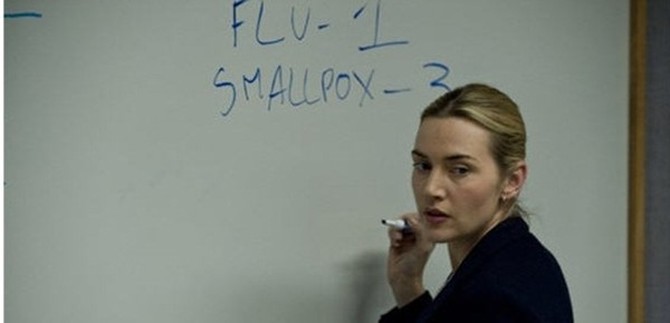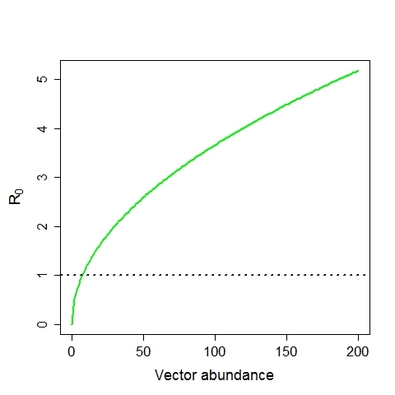Originally posted to thetransmitters.wordpress.com
Way back in December of last year I wrote a post about developing an ethic for enhancing diversity in the STEM fields. In it, I focused on one dimension of the case for enhancing diversity among scientists: that post-positivism in science provides a coherent epistemology and ethic on which to ground diversity work.
Yet there remain a number of other dimensions of the case for diversity in STEM. One more pragmatic is the argument that diversity improves the ability of scientists to solve problems within their research projects. Diverse people bring their different experiences, expertise, and ways of thinking to bear on a given problem, and this can bring about novel solutions. This idea is discussed in a recent episode of the highly recommended podcast Reply All. Although the discussion focuses on the problem of diversity in Silicon Valley tech companies (where the workforce may be even more homogenous than in many STEM fields), the insights into how diversity can improve problem solving and productivity are highly relevant to academic STEM disciplines as well.
(Note, the first part half of the podcast episode is about an obscure area of the “Twitter-sphere”. It’s pretty funny and kind of interesting but not particularly relevant; skip to the second half if you’re in a hurry. Also note: ironically, the hosts of the podcast completely ignored Rosalind Franklin’s contribution when they touched on the discovery of the structure of DNA. They have a follow-up episode where they atone)
The story in the podcast made me think about the dynamics in the Almeida lab. We are a disciplinarily diverse lab, with expertise in molecular biology, genomics, plant pathology, entomology, macro-ecology, and modeling. We are also a multinational and multicultural lab. It’s easy to see how diverse disciplines can improve scientific work, particularly when addressing environmental or agricultural problems. My own work has undoubtedly benefited from working with molecular and micro-biologists in the lab. While it remains less clear how other dimensions of our identities (e.g., nationality, race, class, sexual orientation) could improve our work, it is at least a worthwhile question to pursue. And there is only one way to find out.




 RSS Feed
RSS Feed
